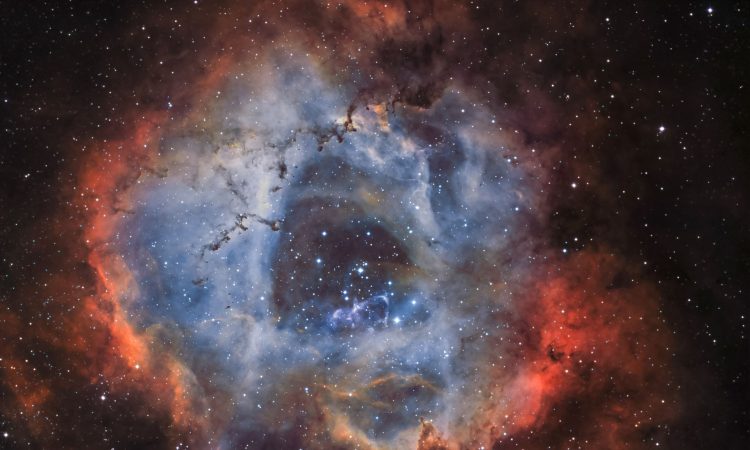
A new study by physicists at MIT proposes that a mysterious force known as primordial dark energy may solve two of cosmology’s biggest puzzles and help us better understand how the early Universe evolved.
One of the conundrums in question is the “Hubble tension,” which refers to a discrepancy in measurements of the expansion rate of the Universe. The other involves observing many bright, early galaxies that existed at a time when the early Universe should have been much less populated.
Now, the MIT team has found that both puzzles could be solved if the early Universe had an extra, ephemeral ingredient: early dark energy. Dark energy is an unknown form of energy that physicists suspect is driving the expansion of the Universe today.
it is a similar, hypothetical phenomenon that could have had only a brief appearance, influencing the expansion of the Universe in its early moments, before disappearing completely.
Some physicists have suspected that early dark energy could be the key to resolving the Hubble tension, because the mysterious force could accelerate the early expansion of the Universe by an amount that would resolve the measurement discrepancy.
A mysterious force
MIT researchers have now discovered that early dark energy could also explain the disconcerting number of bright galaxies that astronomers observed in the early Universe.
In their new study, presented in Monthly Notices of the Royal Astronomical Society, the team modeled the formation of galaxies in the first few hundred million years of the Universe. When they incorporated a dark energy component in just that first sliver of time, they found that the number of galaxies that emerged from the primordial environment blossomed to match the astronomers’ observations.
“We have these two open conundrums,” says study co-author Rohan Naidu, a postdoctoral researcher at MIT’s Kavli Institute for Astrophysics and Space Research.
Based on standard cosmological and galaxy formation models, the Universe should have been slowing down. It would have taken billions of years for the primordial gas to coagulate into galaxies as large and luminous as the Milky Way.
But in 2023, NASA’s James Webb Space Telescope (JWST) made an amazing observation. With an ability to look further back in time than any other observatory to date, the telescope discovered a surprising number of bright galaxies as large as the modern Milky Way in the first 500 million years, when the Universe was only 3% of his current age.
Two open riddles
To physicists, the observations imply that there is either something fundamentally wrong with the physics underlying the models, or a missing ingredient in the early Universe that scientists haven’t considered. The MIT team explored the possibility of the latter hypothesis and whether the early missing ingredient.
Physicists proposed that early dark energy was a kind of anti-gravitational force. This force would counteract the inward gravitational pull and accelerate the early expansion of the Universe, in a way that would resolve the discrepancy between the measurements. Therefore, early dark energy is considered the most likely solution to the Hubble tension.
The MIT team looked at whether early dark energy might also be key to explaining the unexpected population of large, bright galaxies detected by JWST. In their new study, the physicists looked at how early dark energy could affect the early structure of the Universe that gave birth to the first galaxies. They focused on the formation of dark matter haloes—regions of space where gravity happens to be stronger and where matter begins to accumulate, he writes.
The team developed an empirical framework for early galaxy formation, which predicts the number, luminosity and size of galaxies that should form in the early Universe, given certain measures of “cosmological parameters”. Cosmological parameters are the basic ingredients, or mathematical terms, that describe the evolution of the Universe.
Physicists have determined that there are at least six main cosmological parameters, one of which is the Hubble constant – a term that describes the expansion rate of the Universe. Other parameters describe the density fluctuations in the primordial soup, just after the Big Bang, from which dark matter halos eventually form.

